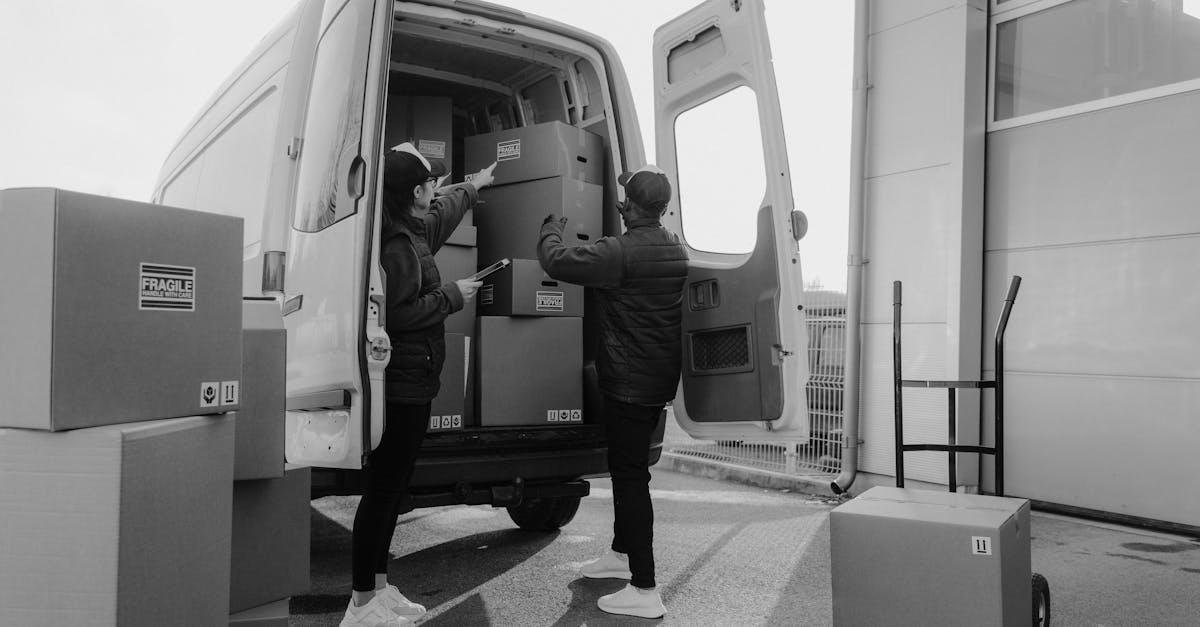Subletting a room can feel like a game of musical chairs—exciting but risky if you don’t know the rules. Whether you’re trying to cover rent while traveling or just looking to make some extra cash, finding the right subletter is crucial. After all, you don’t want to return home to a surprise roommate who thinks your prized cactus collection is up for grabs.
Navigating the subletting process safely is like dodging a minefield of potential pitfalls. From screening potential tenants to understanding your lease agreements, there’s a lot to consider. But don’t worry! With a few smart strategies and a sprinkle of humor, you can ensure your subletting experience is smooth and secure. Let’s dive into the essentials that’ll keep your space—and your sanity—intact.
Table of Contents
ToggleUnderstanding Subletting
Subletting occurs when a tenant rents out part or all of their space to another person. This arrangement can provide flexibility for both parties, known as the sublessor and sublessee.
What Is Subletting?
Subletting involves leasing a rental unit to a third party while maintaining the original lease agreement with the landlord. The sublessor retains responsibilities like rent payment and adherence to lease terms. A clear sublet agreement outlines the terms of the arrangement to protect both parties.
Why Sublet a Room?
Subletting offers several advantages. Individuals may need to relocate temporarily due to job changes or personal circumstances. This option allows tenants to cover their rent and avoid lease penalties. Financial relief often comes through subletting, as sublessors benefit from potential savings while maintaining their housing situation. Subletting also provides an opportunity for new tenants to find affordable accommodations in desirable neighborhoods.
Legal Considerations
Understanding legal requirements is crucial in the subletting process. Knowledge about lease agreements and local regulations helps ensure a safe arrangement.
Lease Agreements
Review lease agreements thoroughly before proceeding with a sublet. Many agreements contain clauses about subletting, with some landlords explicitly prohibiting it. Tenants must know their rights and responsibilities under the primary lease. Obtaining written consent from the landlord may be necessary to avoid potential disputes. Clarity in this document prevents misunderstandings and protects both the sublessor and subletter.
Local Laws and Regulations
Local laws significantly influence subletting practices. Each jurisdiction may have specific rules governing tenant rights and subletting processes. Tenants must familiarize themselves with these regulations to ensure compliance. Researching local landlord-tenant laws helps avoid legal pitfalls. Violation of these regulations can lead to fines or eviction, making this step essential for a secure subletting experience.
Finding a Suitable Subtenant
Securing the right subtenant is crucial for a successful subletting experience. Careful screening helps prevent issues that may arise during or after the sublet.
Screening Potential Subtenants
Verifying potential subtenants’ backgrounds is essential. Request references from previous landlords or roommates to gauge reliability. Conduct a credit check if possible; this offers insight into their financial responsibilities. Discuss lifestyle preferences during interviews, as compatibility can impact living arrangements. Ensure they understand lease terms and expectations of the property. Clearly communicate house rules and personal boundaries before finalizing any agreements. With effective screening, sublessors can find responsible subtenants who fit well within their space.
Utilizing Online Platforms
Many online platforms simplify the process of finding subtenants. Listing rooms on websites like Craigslist or Roommate.com provides exposure to a broader audience. Social media can also help spread the word; sharing posts with trusted networks increases visibility. Ensure thorough descriptions and high-quality photos to attract interest. Highlight key aspects of the room and amenities available. Promptly respond to inquiries to maintain interest. Using these tools effectively can lead to a successful match for both the sublessor and subtenant.
Drafting a Sublet Agreement
Drafting a detailed sublet agreement protects both parties involved. This document should outline the responsibilities and expectations of the sublessor and subtenant.
Key Elements to Include
Include the start and end dates of the sublet. State the rent amount and payment schedule. Clarify included utilities and shared responsibilities, such as cleaning and maintenance. Specify the use of common areas, along with house rules. Detail any deposits required and the conditions for their return. Incorporate a clause for terminating the agreement early if needed. These elements create a clear understanding for both parties.
Importance of Written Agreements
Written agreements eliminate confusion and miscommunication. They serve as legal protection in case of disputes, providing evidence of terms. Emotional misunderstandings often arise in verbal agreements, leading to potential conflicts. With a written document, both parties can refer back to the terms as needed. Additionally, written agreements can help enforce local regulations and the original lease terms. Thus, they ensure compliance and help safeguard each party’s interests.
Safety Tips for Subletting
Subletting a room carries certain risks. Following specific safety tips can protect the sublessor and subtenant.
Conducting Background Checks
Conduct thorough background checks on potential subtenants. Verify references from previous landlords to assess reliability. Check credit history to evaluate financial responsibility. Gathering this information helps ensure a trustworthy subtenant. Asking about lifestyle habits also aids in finding the right fit for shared living spaces. It’s crucial to create a safe environment where all parties feel comfortable.
Setting Up Clear Communication
Establish clear communication from the start. Discuss expectations regarding house rules, chores, and noise levels to avoid misunderstandings. Sharing contact information promotes easy access for questions or concerns. Regular check-ins can maintain a healthy relationship and resolve issues quickly. Setting a tone of openness encourages transparency, creating a positive living atmosphere. Prioritizing clear dialogue fosters mutual respect among roommates.
Conclusion
Subletting a room can be a rewarding experience when approached with caution and diligence. By prioritizing safety and clarity throughout the process, both sublessors and subtenants can enjoy a harmonious living arrangement.
Taking the time to screen potential subletters thoroughly and drafting a comprehensive sublet agreement are crucial steps that can prevent misunderstandings and protect everyone’s interests.
Ultimately, understanding the legal landscape and maintaining open communication fosters a respectful environment that benefits all parties involved. With these strategies in place, subletting can lead to positive outcomes and peace of mind.





